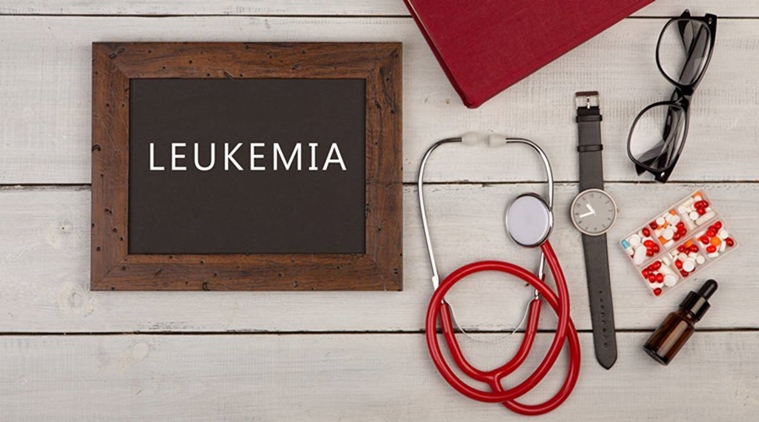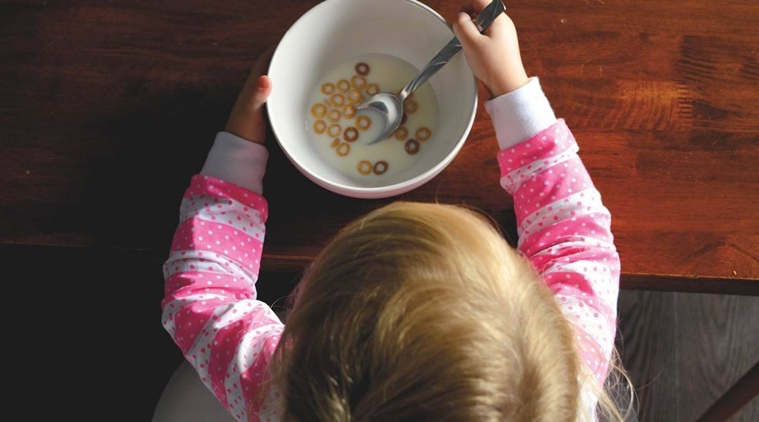Childhood cancer in India: From symptoms to role of nutrition, all you need to know

Cancer is one of the most dreaded diseases, with millions of people succumbing to it every year worldwide. But, the diagnosis becomes much more worrying when the patient is a child. In a grave prediction, the Lancet Oncology Commission in 2020 estimated that in the next 30 years, around 13.7 million children will be diagnosed with cancer and a staggering 11.1 million children would succumb to it if adequate attention to health care services and cancer treatment is not paid.
What makes this prediction much more worrying is that over 9 million deaths will take place in low and middle-income countries like India. Delayed diagnosis and inaccessibility to holistic and supportive care are the key reasons. Moreover, according to the research, 80 per cent of children abandon treatment due to financial constraints, alternative medicine, or misinformation that cancer is incurable.
Childhood cancer in India
Approximately 50,000 children are diagnosed with cancer every year in India; that’s about one child every 11 minutes. Dr Sukriti Gupta, consultant, paediatric hemato oncology, Action Cancer Hospital said, “Childhood cancer accounts for around 2-4 per cent of overall cancer in Indian population.” In countries like India, only an estimated 15-45 per cent of children are cured of cancer as compared to more than 80 per cent in high-income countries.
“Major problem lies in the access to proper diagnostic and treatment facilities. There is a huge discrepancy in detection as well as treatment. At least in all childhood blood cancers, the cure rate is in excess of 80-90 per cent in developed countries. Whereas in India, the treatment despite being curable, is not affordable for the majority of children. Very few patients take the entire treatment, and this is the major reason for the lower cure rat,” Dr Sarita Rani Jaiswal, consultant, department of bone marrow transplantation and hematology, Dharamshila Narayana Superspeciality Hospital said.
Possible signs and symptoms of cancer in children
Listing a few common symptoms of childhood cancer, Dr Gupta said, “The initial symptoms may include fever, progressive drop in haemoglobin, petechial rashes etc.”
“An ongoing pain in one area of the body or bone with or without unusual lump or swelling especially in the abdomen, neck, chest, pelvis, or armpits, easy bruising or bleeding or sudden vision changes can also be the presenting symptoms,” Dr Jaiswal added.
 The most common among childhood cancers are blood cancers. (Source: Getty Images/Thinkstock)
The most common among childhood cancers are blood cancers. (Source: Getty Images/Thinkstock)
To lower the risk, Dr Gupta emphasised the need for early detection of cancer. “Parents should seek medical care even when minor symptoms occur or any unusual symptom presents. These apparent symptoms may include pallor in child, any unusual swelling, rashes, loss of appetite or weight loss etc.”
Most prevalent childhood cancers
“Most common amongst childhood cancers are blood cancers. Among them acute lymphoblastic leukaemia (ALL) is most common, followed by high-grade lymphoma and myeloid leukaemia, which can be found in certain circumstances with specific genetic abnormalities,” Dr Jaiswal said.
Dr Niti Raizada, Director, Medical Oncology and Hemato-Oncology, Fortis Hospitals, Bangalore explained that the type of cancer depends largely on age and history. “In infants or children who are less than a year old, neuroblastoma happens to be one of the most common cancers. In children who are between the age of one and four, leukaemias are very common. Other solid cancers include bone cancer, eye cancer, liver cancer and kidney cancers. The age group in which cancers are most common is when the child is growing up. Between 9 to 16 years of age, bone cancers are very common.”
Childhood cancer and role of nutrition
Experts have pointed out that proper nutrition “helps a child to tolerate chemotherapy and its effects while malnutrition can pose additional risks as it adds more to the weakness”.
As per the Indian Journal of Cancer, 40 per cent of children with cancer in India are already malnourished at diagnosis. It, further, highlights that “children with cancer are at a high risk of becoming malnourished even if they may be well-nourished at the time of diagnosis”.
Therefore, it becomes significant to address nutrition in children for better outcomes during cancer treatment. And bridging this gap between cancer treatment and nutrition, with a focus on underprivileged children, is the Mumbai-based non-profit organisation, Cuddles Foundation.
 It is significant to address nutrition in children for better outcomes during cancer treatment. (Source: Pixabay)
It is significant to address nutrition in children for better outcomes during cancer treatment. (Source: Pixabay)
“This is done through formal partnerships with government and charitable cancer hospitals. Currently covering 35 hospitals in 12 states around India, we are strategically present at key nodes of India’s vast geography,” Purnota Dutta Bahl, founder and CEO, Cuddles Foundation told indianexpress.com.
The Foundation’s FoodHeals program is currently covering 35 government and charity cancer hospitals in 12 states around India. It is active in hospitals like Tata Memorial Hospital (Mumbai), Sher-i-Kashmir Institute of Medical Sciences (Srinagar), AIIMS (Delhi), Christian Medical College (Vellore), NRS Hospital (Kolkata), Dr B Baruah Cancer Institute (Guwahati), amongst others.
Impact of the nutrition program
During the Covid-19 pandemic, the foundation provided nutrition counselling to more than 6,000 patients. “We found that despite therapies like chemotherapy and radiation, 80 per cent of patients improved or maintained their nutritional status. Also, 94 per cent of patients we counselled returned for a second visit or continued treatment,” Bahl said.
She added that “the average BMI z-score between first and last visits improved by 16 per cent, indicating an overall improvement in health”.
The way forward
According to Dr Jaiswal, the way to lower the risk of childhood leukaemia, if it is not genetically predisposed, is to allow normal growth and development of the child in the natural environment. “If the child mingles around with other children, he/she will be able to build strong immunity and will be less susceptible to develop either cancer or allergy. So, apart from the nutrition, it’s very important to have a normal environment for the growth of the child which has been severely compromised in the past few years due to pain Covid 19 pandemic.”
Bahl added, “Unless we invest and strategically collaborate to ensure that children have access to timely diagnosis, holistic and supportive care including nutrition through their treatment, and support families so they can complete their child’s treatment, we won’t be able to improve our cure rates.”
📣 For more lifestyle news, follow us on Instagram | Twitter | Facebook and don’t miss out on the latest updates!

